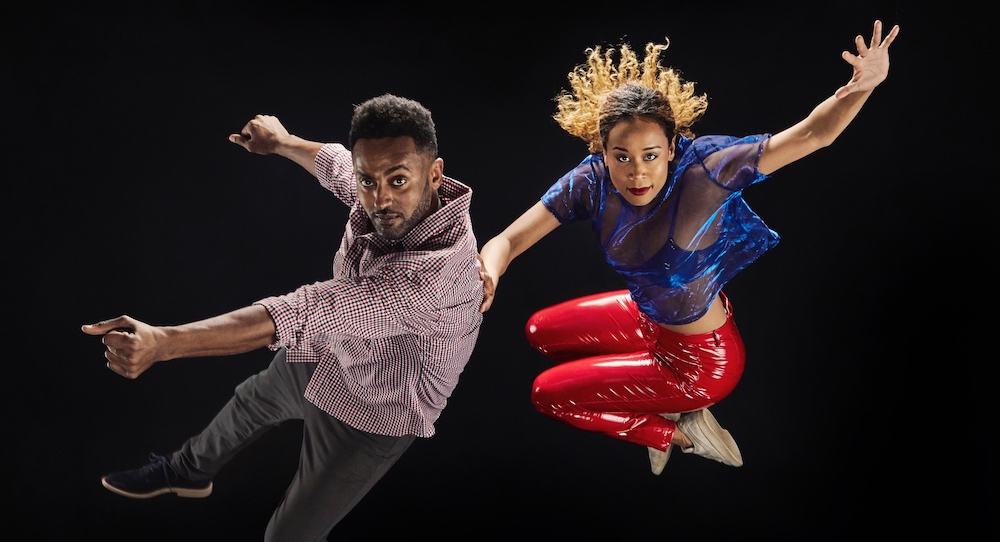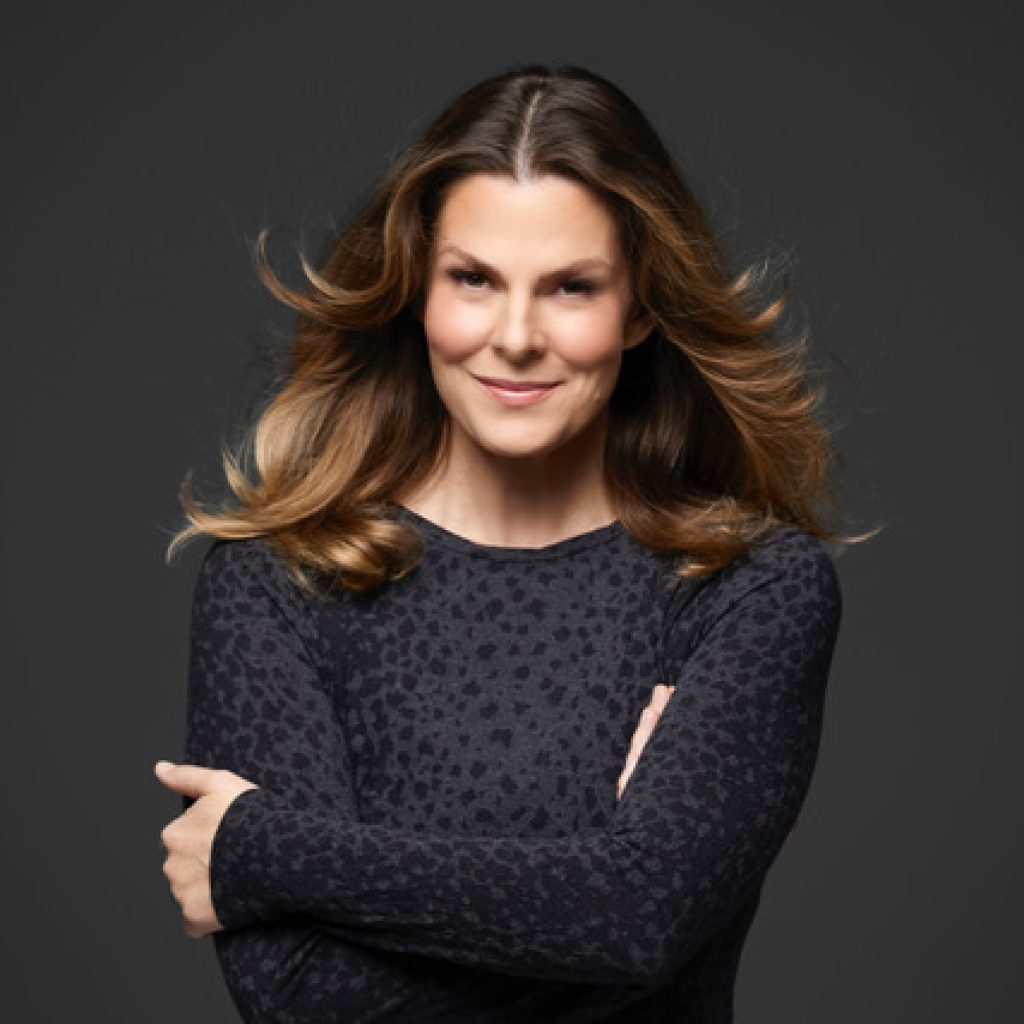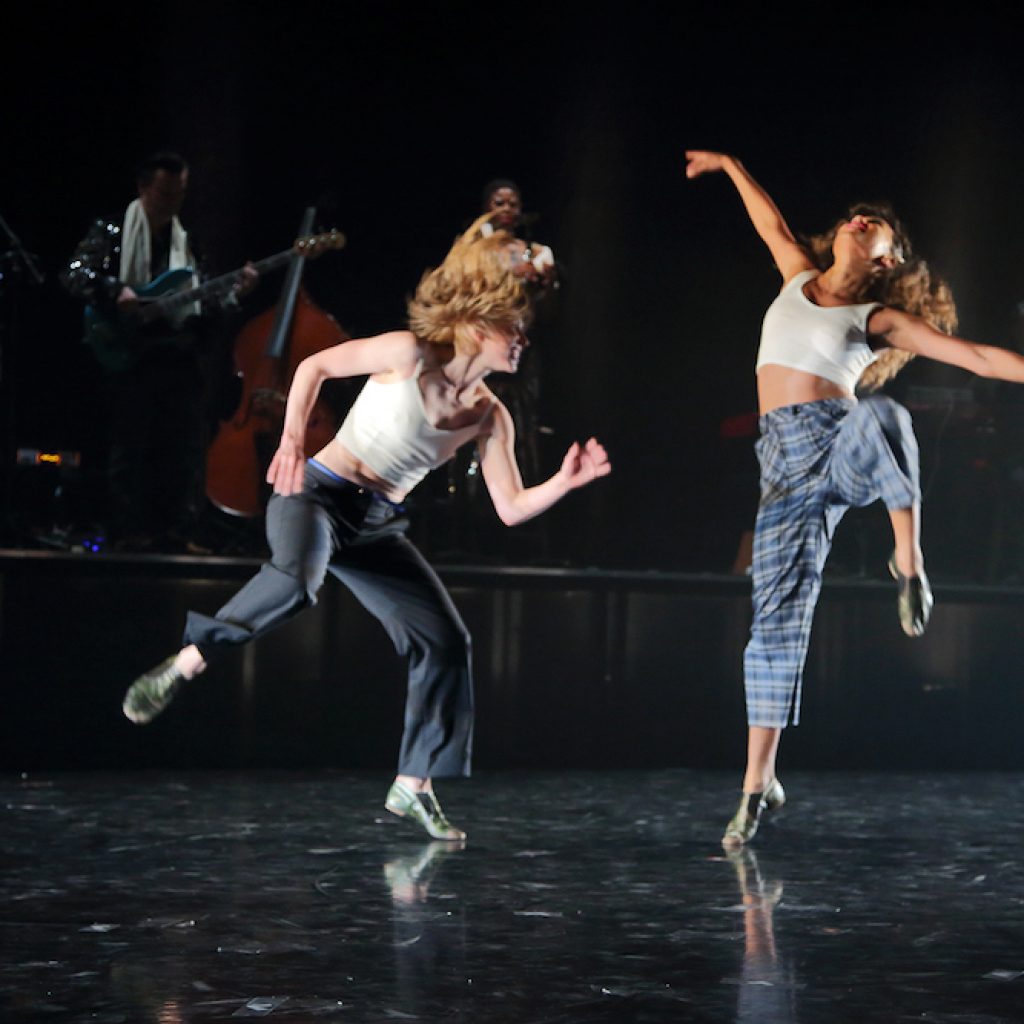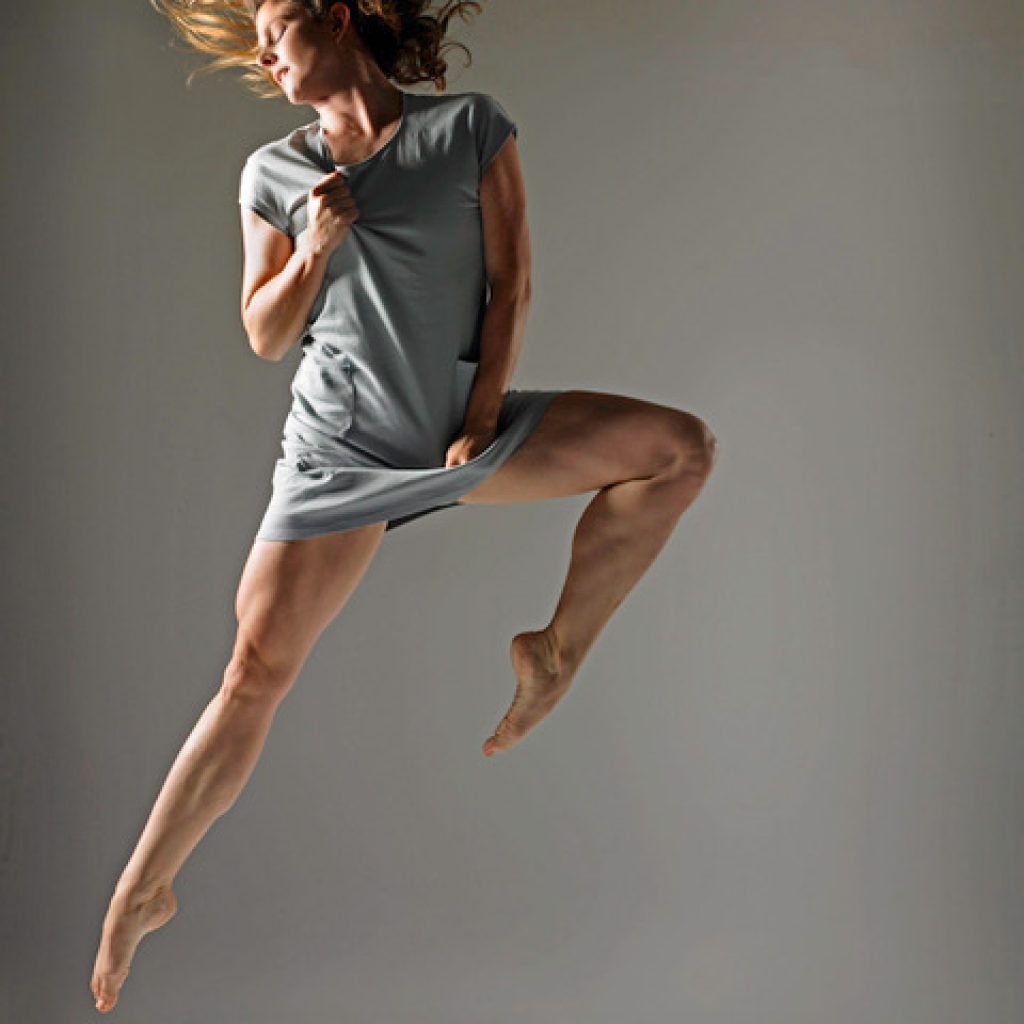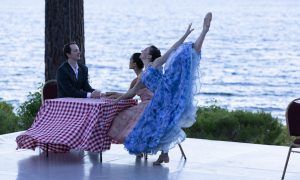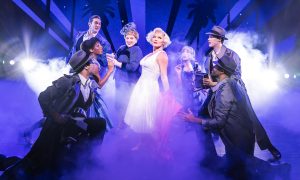Commercial jazz, contemporary jazz, street jazz, theater jazz, jazz funk, Afro jazz, jazzercise. What do they all have in common? If you answered “jazz”, you’re taking the easy way out. Is jazz definable, or has it become a catch-all umbrella term? For clarity, Dance Informa turned to Kimberley Cooper, artistic director of Decidedly Jazz Danceworks – a Canadian-based dance company, school and organization dedicated to the form’s rich history, traditions and future.
Wait, Canadian? But wasn’t jazz originally an American art form? Yes, very much so. More specifically, it was a Black American art form. It has migrated and evolved, sometimes beyond recognition. This article is just an introduction. If you aspire to a complete understanding of what jazz is, it needs to be positioned in its historical, cultural and social contexts. Cooper recommends Rooted Jazz Dance: African Aesthetics and Equity in the Twenty-First Century, by Lindsay Guarino, Carlos R. A. Jones and Wendy Oliver, for a deeper dive.
Of her presence as a white woman in the world of jazz, Cooper says, “I approach this work as a guest, with a lot of respect and reverence. The history of jazz is convoluted and messy and over a hundred years old. It was born as a result of the slave trade. If you’re going to work in jazz, you need to honor that history.”
When did jazz dance start splitting off from jazz music?
“This is a huge question because we are talking about American history, culture, racism, politics …things that are not tidy or linear. But in a tiny nutshell – jazz dance and music were born in the USA from African American roots and the Black American experience. Seeds were planted for centuries in plantation dances, minstrelsy and vaudeville before jazz was called ‘jazz’ in the early 1900s when jazz music stormed the world. And folks were dancing to it in the Jazz Age of the ’20s and ’30s: the Black Bottom, the Charleston, the Lindy Hop…
And then a number of things happened in the ’40s, like World War II. Hard to have a big band when the rhythm section has been drafted. The ‘cabaret tax’ that was instated from 1944-1965 meant it cost more to have singing and dancing in your venue. Jazz music evolved into bebop, and although there were people dancing to it (like experienced tap dancers sitting in with the musicians), it was harder for the less sophisticated ear to move to. It became more of a sit-down-and-listen kind of music.
Even before that, Hollywood and Broadway were cranking out musicals in the golden era of movie and stage musicals, the 1930s-1950s. The dance school industry began to flourish and was propelled by White people who held European dance aesthetics above Africanist aesthetics. ‘Jazz’ dance became more and more upright, rhythmically square and continues to drift further away from its roots. It was big business; look at the dance school industry today.
Popular music changed. Rock and roll took over the world (which is also a Black form even though Elvis made all the money). Look at the continuum of R&B, soul, funk, disco, hip hop. Black American music/culture evolving from jazz had, and continues to have, a massive impact on the world’s popular culture.”
Do you think that branch of what we now call jazz dance should exist under a different name?
“Maybe? I think that if you are not dancing to the music of jazz and its family, if you are not acknowledging the physical and historical roots, if you are talking about the fathers of jazz dance in America and they’re all White men – that should be reconsidered. Who is missing from that conversation? And why?
There is an important current movement toward teaching and practicing dance in a more respectful, knowledgeable way, especially when working in a form that isn’t part of our culture or lived experience. I believe embracing this movement can lead to meaningful and necessary change.”
So would you say if you’re training in a showgirl, Hollywood-derived branch of the jazz evolution (such as Broadway or commercial jazz), if you’re going to use the term jazz in that context, then you should know the history of it?
“Yes, and – why are you still calling what you’re doing, if it’s upright, and you’re not using your spine, and you’re not dancing in a grounded way, and you’re not being polyrhythmic, and you’re not improvising, and you’re not dancing to jazz music, why are you still calling it jazz?”
So do we need a new term? If it’s already divided itself so far from its roots.
“I think that’s the easy way. But maybe, I mean, jazz is hard. If you want to upend your practice and start digging, get to work! Believe me, it takes years; it is a lifetime journey. I dance and make dance because of music, and jazz music called out to me and anchored itself in my heart and body at a very young age. I grew up in a city where I was able to join a company where it was very much a part our practice to dig deep and ‘go to the source whenever possible.’
But that is my experience, and I know it is rare. The commercial dance world isn’t mine and when I see glimpses of dances with jazz in their names, I don’t really understand how or why they are called what they are. Everyone has to make their own path, and maybe if what you love, what you’ve invested your whole life in has nothing to do with jazz, then call it something else.”
What is jazz dance in 2023? It’s unanswerable in one article. But just asking the question introduces this messy, ongoing conversation to more dancers and gets more of us asking ourselves, ‘Is this jazz?‘
Cooper’s answer? “Jazz is over 100 years old, and it’s a contemporary artform, meaning it exists in and responds to the current time. And there are ancient ideas and philosophies within it that need to be there for it to be jazz. You hear jazz music with its twists and evolutions and fusions – but you still recognize it as jazz music. Shouldn’t that be true for jazz dance?
She also points to Louis Armstrong’s famous response to that same question of “what is jazz?” His answer? “If you have to ask, you’ll never know.”
Cooper notes there is “an important thing about that, that we can talk history, evolution, theory, era, influence, style, but there is also something about jazz that is elusive and about feeling, and you can’t really teach people how to feel.”
By Holly LaRoche of Dance Informa.


